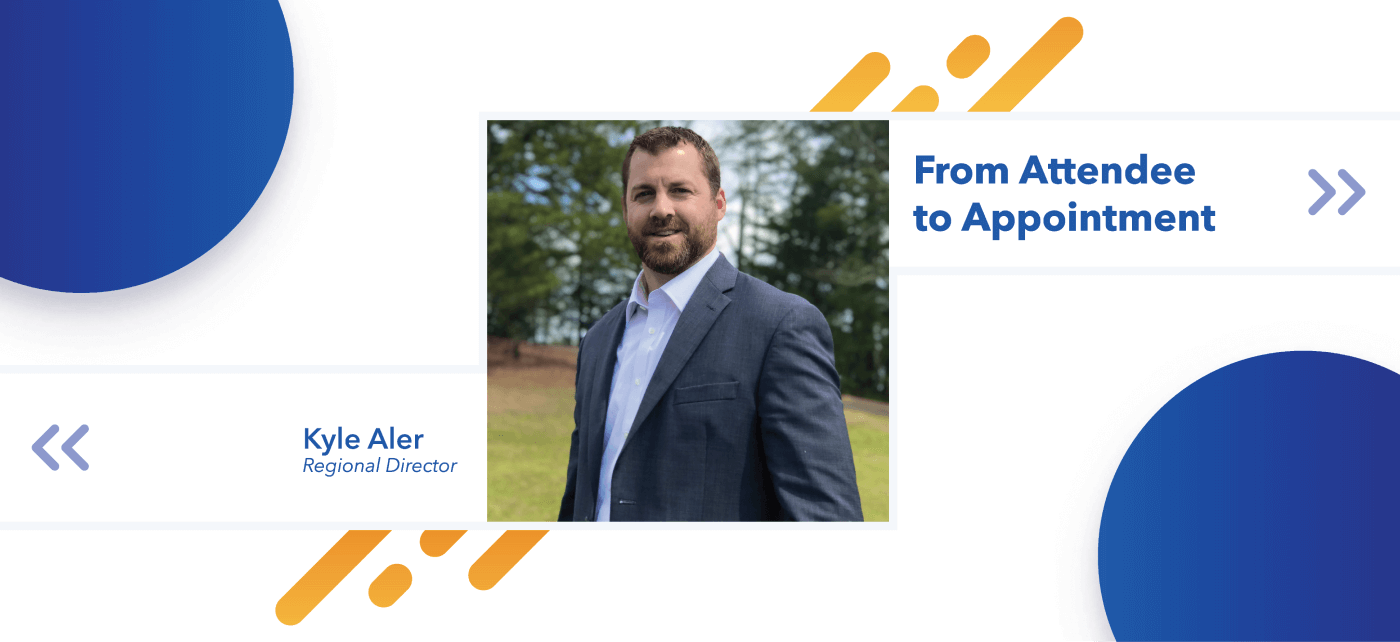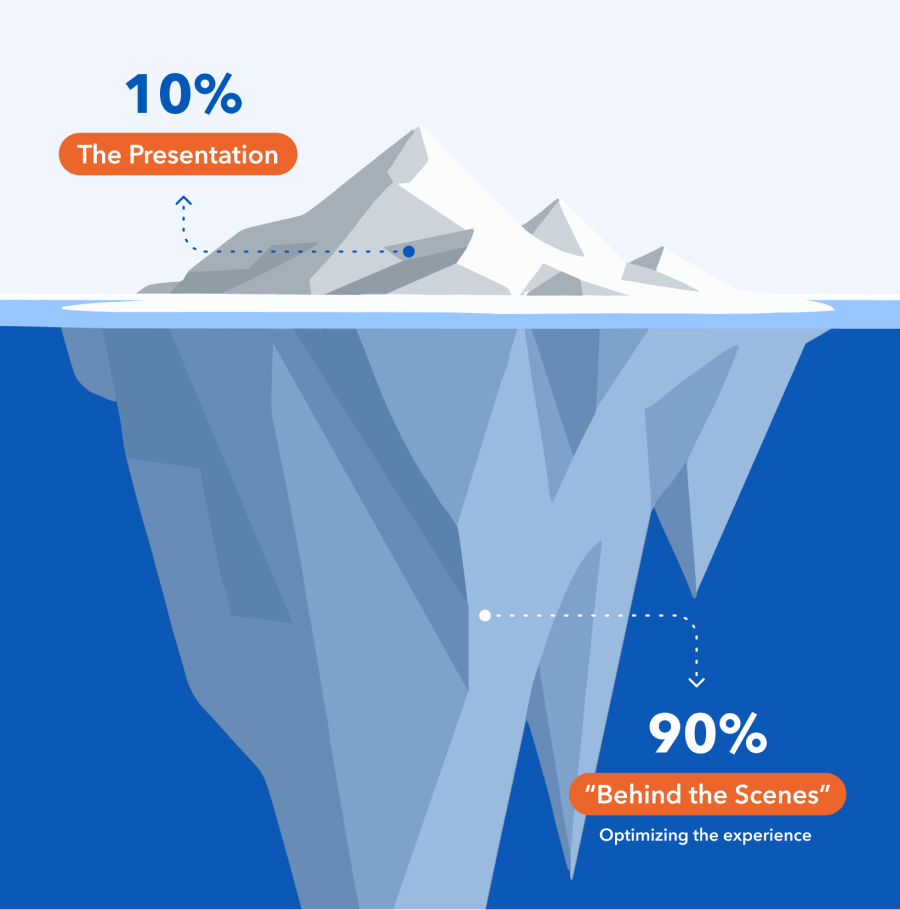From Attendee to Appointment
Preneed Pro Tips is an ongoing column where Tyler Anderson, Senior Vice President of Business Development at Precoa, answers questions about preneed from funeral professionals.
By Tyler Anderson & Kyle Aler


I found your last tip about reaching the right people for community seminars pretty eye-opening, but what about the events themselves? The few seminars we’ve held have not resulted in more prearrangements. What are we doing wrong? – Next Steps Needed
Dear Next Steps Needed: It’s great to hear that you found the last tip so helpful. Getting people to attend events can be a challenge for a lot of funeral homes, but the next biggest hurdle is making sure your event is geared for preneed conversions. A successful event is one where attendees walk away knowing more about preneed and they’ve set an appointment.
But as you have already seen, this is easier said than done. There are a lot of steps both before and after an event, but to answer your question we have to focus on the customer journey. Remember that everyone who RSVPs signs up for a reason. At the very least, they’re curious about prearranging a funeral, and they’re literally coming to you to learn, get some questions answered and find their next steps in the process. Our goal should be to create the right environment in which that can happen.
So what does this mean? Every attendee needs a clearly defined next step and a consistent and intentional framework to help them take it. To shed more light on how to get this just right, I asked Precoa Regional Director Kyle Aler to share some of the strategies his teams use to make the most of events and drive preneed conversions.
“I’d be the first to tell you that community education events are among my favorite lead generation programs we offer. Every marketing touchpoint is an opportunity to start building a relationship with a family, but making that face-to-face connection is really special. There’s an art to it, but you can also do a lot to ensure consistent success.
One of the easiest concepts to lose focus on is the goal of community education programs: to further their preplanning journey and build the value of taking the next step, which is to set an appointment. All too often, advance funeral planners can get caught up in the presentation itself, or in talking with one or two specific families, while the rest of your valuable leads literally walk out the door.
You probably already know how lengthy and complex the preneed marketing funnel can be. Education programs aren’t at the very top of the funnel, but they’re closer to it than they are to a signed preneed contract. You’re there to educate attendees, answer a few broad questions, and build up their curiosity and interest. If someone does have a question that relates to their specific experience, that’s a great opportunity to let them know that you'll be able to cover everything in an appointment and that you have a number of openings that might work.
All too often with community events, the presentation gets all the focus. But it’s really just the tip of the iceberg; 90% of your success goes on behind the scenes. Prevailing wisdom is not to sweat the small stuff in your life, but optimizing your venue to set up appointments is one arena where sweating the small stuff reaps big rewards.

One early lesson in my career happened when I helped an AFP put together a program in a nice restaurant. It was a venue we had been interested in for a while, and we had the basic information: the address, the capacity, the style of food. The room had the capacity to hold 25 people, which is a great size for an event. However, the 25-person capacity worked only if the tables were set up like a school cafeteria. In that sort of environment, it’s difficult to make a connection—and without a connection, it’s difficult to drive interest in setting an appointment.
It’s also important to note that some venues may have other events occurring at the same time as your presentation, such as live music or an open mic night. When you’re presenting something as sensitive and important as preplanning, the last thing you want is a distraction.
Like I said before, it's important to sweat the small stuff. Here are a few questions to ask to make sure events are productive for your funeral home: What does the seating look like? Can you move the tables to create more opportunities for connection? Are there any possible distractions could pull your attendees away from the important information you’re sharing? These questions need to be answered before even thinking about the presentation.
Now, the presentation itself can be fairly straightforward. Our aim is to make it engaging, pique everyone’s interest, and help families see why preplanning is so much more than checking off a couple of boxes.
By the end of your presentation, families should know that a plan is very personal and will require dedicated time outside of the event itself to craft—and that’s when you return to the idea of the appointment. For me, the most important parts of the event are the beginning and the end. In the beginning, you need to set the expectation that you'll provide an overview but that you’ll really be able to dive into the details at an appointment.
And at the end of the event, come back around to this idea that you're there to set appointments. I usually let people know that I'll be going through the room quickly out of respect for everyone's time. Clarifying up front that you won’t be able to answer every question—that will come later, at the appointment—helps move things along and keeps everyone focused.
The next stage of the preneed journey happens after the event. You should have a decent number of appointments on your calendar for everyone who is ready to take the next step, and you’ll want a good follow-up system in place for anyone who isn’t. It also helps to remember that ‘no-show’ does not mean ‘no interest.’ Part of any good follow-up system should include reaching out and nurturing those people who RSVPed but could not make it for whatever reason.”
There are so many great reasons to hold community events for your funeral home. They give attendees a meaningful and memorable experience with your brand, and they can be extremely effective lead sources. Getting to this point takes time, and many funeral homes find it easier to outsource that work to a trusted partner.
As Kyle explained, the best place to start is by always keeping the customer journey front and center. Every family deserves to have an intentional plan that allows their loved ones to focus on gathering, connection, and healing—and it’s up to us to guide them every step of the way. In my next installment, I’ll be inviting Kyle back to share another way to level up your event results and prearrange more families.
Have a preneed question? Please reach out and I’d be happy to answer at preneedprotips@precoa.com
Tyler Anderson is Senior Vice President of Business Development at Precoa, a preneed company that helps hundreds of funeral homes prearrange more families and grow their markets. Born and raised in the funeral profession, Tyler appreciated the importance of ceremony, ritual, and gathering from an early age. He is passionate about sharing a new vision for preneed that helps more families across the country experience a meaningful funeral service.